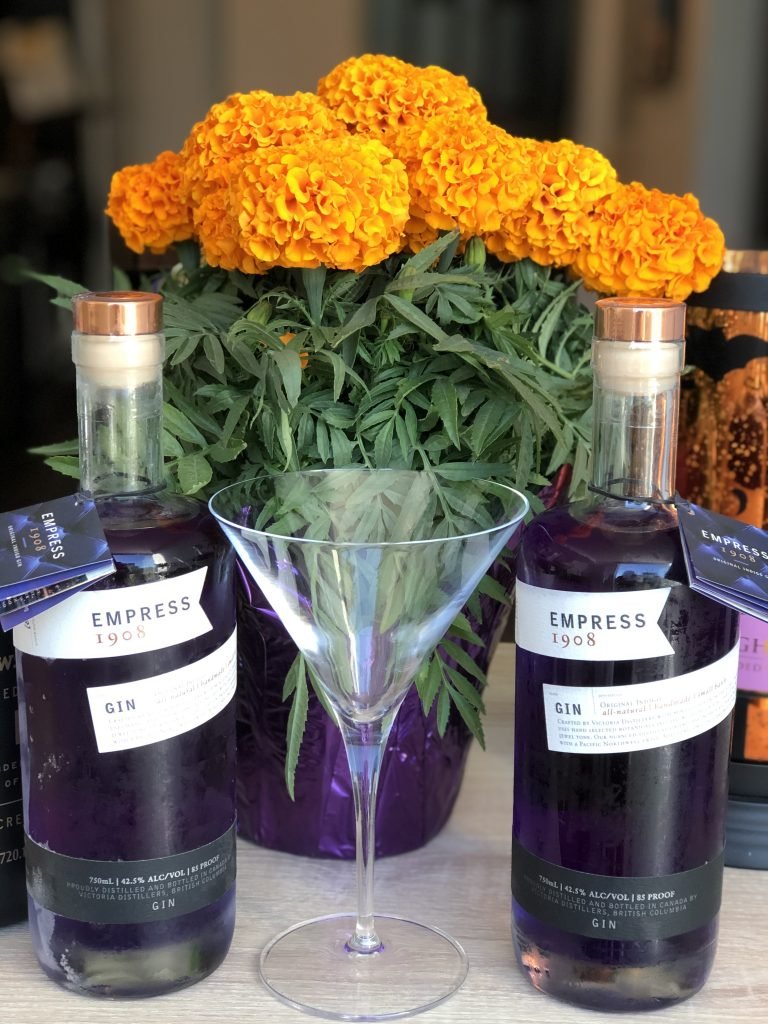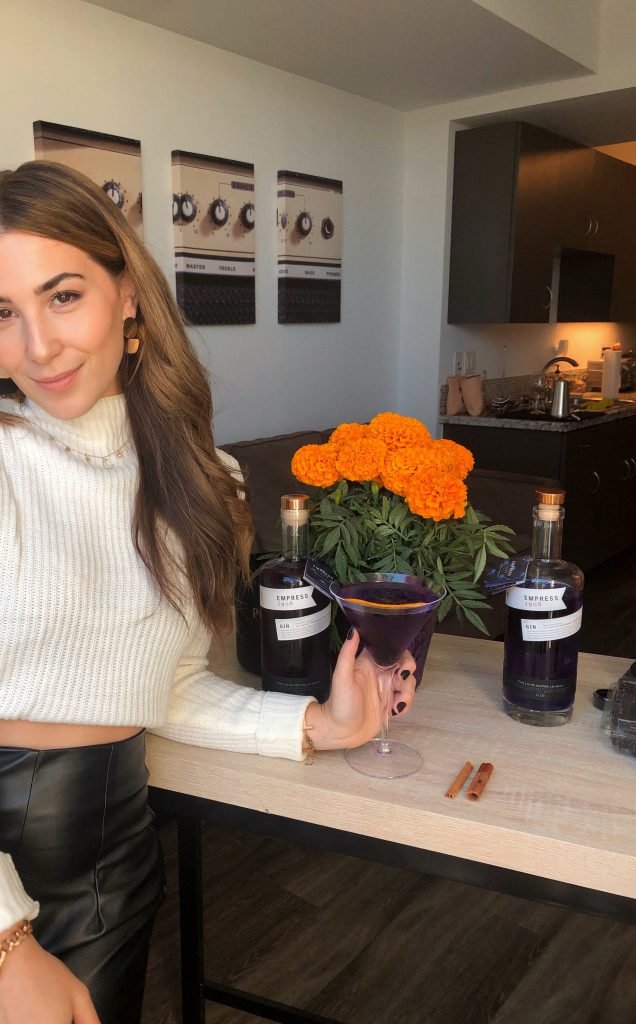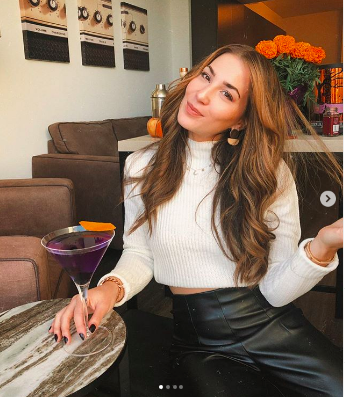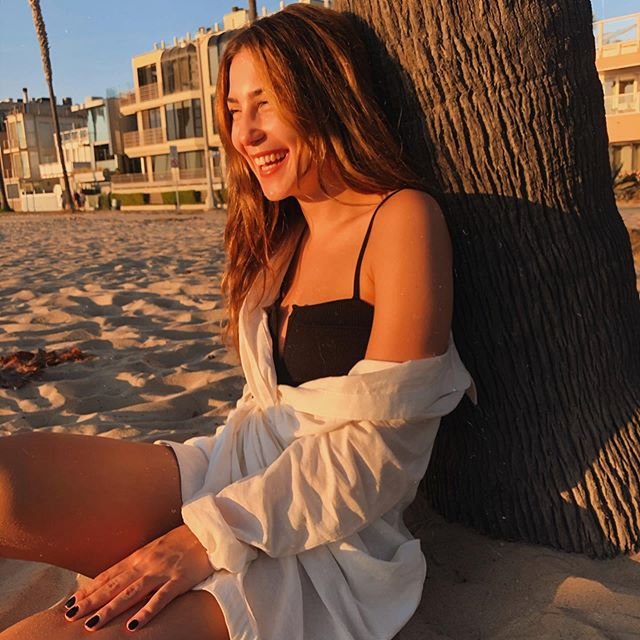How to Approach Paid Collaborations as a Micro-Influencer
So, you’re interested in paid collaborations.
Are you a blogger who is tired of spending time promoting a brand for free? Or maybe you’re a content creator who needs the confidence to start charging for your work? Either way, keep on reading! We’ll cover all the bases in this post.
In the day and age of the social media influencer, the all-too-common- question arises “how do we get paid?” Although this industry has been around for years, there is often widespread confusion regarding rates and negotiations. This becomes especially difficult in the realm of the micro-influencer. Some think micro influencers do not take on any paid collaborations, while others believe that this industry is on the rise.
First of all, even the definition of a “micro-influencer” is vague. Therefore, one can presume just how little information exists regarding paid collaborations for lesser-known creators.
In the end, we will all benefit if we know our worth as content creators. Therefore, in this blog post, I’ll be answering some questions that other creators have asked, as well as including some personal advice from other successful bloggers and creators who have experience with paid collaborations.
My Personal Experience with Paid Collaborations
I’m including this brief here because I want to be as transparent as possible regarding paid collaborations with brands. Oftentimes, there is not a lot of transparency in this industry, which is a huge issue. As a result, brands have the power to underpay because one blogger may have totally undervalued herself, setting a standard for that brand.
As of now, I’ve only landed a handful of paid collaborations. However, the ones that I have landed have all been in the triple digit range. As you can see already, follower count is certainly not everything when it comes to being a content creator. However, with 4500 followers on Instagram, I have more bargaining power than I did last year with half that amount. This is due to the fact that I have more experience and more unpaid collaborations under my belt.
As a general rule, at this point in my side hustle, if I am approached by a large brand who can offer me immense exposure, I do not feel compelled to ask for payment. However, that is only if the content they are requesting is limited to 1-2 posts. As soon as a brand starts to ask for more than this, it is now time consuming and costly, especially if a video is in the mix.
*Always charge a brand if they are asking for a video! The engagement is typically higher and the content lives on for a longer period of time than a static image.*
On the other hand, if I am approached by a brand that does not align with my focus (fashion), I now have more bargaining power. For example, my first paid collaboration was with a hair extension brand that was not very known. When they approached me with an offer for trading product for content, I responded back with a range that I would be willing to oblige by.
This was in part due to the fact that at this time, I had not covered any beauty/hair content on my blog and did not want to take it in that direction. And on top of this, I frankly did not care about having hair extensions. Naturally, I have pretty thick hair and did not need the product that they were offering me.
My first paid collaboration included this YouTube video for brand Tim Carli.
At this point, you as a content creator have all the power.
Since you are not benefitting off of the exposure (newly established brand) and you do not need the product, the only thing the brand can now offer you is good, old fashioned money.
How to Decide What to Charge?
At this point, it’s time to come up with a range to present to the brand. This is where my background in marketing comes in handy because I typically map out exactly how much time it takes to create each aspect of the campaign.
First, I calculate an hourly rate for myself. This should be what makes sense to you in terms of anything else you have going on in your life. If you have absolutely no idea of an hourly rate, think about how much you are getting paid right now at your day job. If you make $50,000/year, you make roughly $25/hour. This is a good base to start at, but remember that you can’t really go any higher once you state your initial rate in a negotiation.
After I calculate an hourly rate, I calculate the average amount of time it will take me to complete each piece of content. Here’s an example of what this looks like:
2 x Instagram stories = 30 min total (.5 x $25/hr = $12.50)
1 x YouTube video = 5 hours total (5 x $25/hr = $125)
1 x Instagram post = 1 hr total (1 x $25/hr = $25)
Total = $162.50
Side note: I actually put something very similar to this in the email that I pitched to the brand, Tim Carli. It shows that you’re serious about the campaign. On top of this, oftentimes the person you are in contact with has a manager that needs to approve of the campaign budget. You’re only making his/her life easier by mapping out the reasoning behind that number.
As you take on more work, you may increase your hourly rate. Also, don’t forget to take any travel or photography expenses into consideration!
Questions Regarding Paid Collaborations
“How do I approach the subject of budget with a brand?”
Approaching a brand about budget can seem pretty daunting, but if they reached out to you, then the ball is already in your court! Simply ask if they have a budget at all for this particular campaign.
If you are reaching out to a brand that you’d love to collaborate with, now is your time to really pitch yourself. Think about what you can offer for this brand. Are they new to social media and don’t have a lot of content yet? Do they lack in video content? Maybe you could write a blog post review on that new product they just released!
Don’t jump at them with a number just yet. At the most, I would just include blog/social statistics and a link to your media kit (do not include any rates in your media kit).
Just let them know about what you can do for them that is of value. The most important thing here is to think about what you can provide that they do not already have. From here, the rest of the negotiation should run smoothly.
“If you wanted to talk to a brand about getting paid for the collaboration instead of just getting product, what kind of wording would be appropriate?”
Here’s an example of how to word this initial ask regarding paid collaborations:
“Thank you so much for reaching out! I’d love to collaborate with X brand and provide value to you in the form of content and exposure. I would love to talk more details and get the ball rolling. Do you have a budget for this campaign? My services may include Instagram post(s), YouTube video(s), a blog post, as well as sending you any and all content at the end of the collaboration. Would love to hear your thoughts!”
Now is the time to include any relevant statistics as well. Include blog statistics, Instagram insights, Facebook analytics, etc. The more detailed, the better! Also, if you have a media kit highlighting these statistics, you can include this as well.
If you need media kit inspo, check out my blog post here:
If the brand replies saying that they do not have a budget for paid collaborations, it’s now up to you whether you want to take it or decline the offer. If it’s worth it for you to spend your time and energy creating content for this brand, then communicate to the brand that you are willing to do this collaboration pro bono in exchange for the exposure. Communicate to the brand that you would like your content to be shared on their social channels.
If this is not of interest to you, keep reading.
“At what point would you mention that you are only interested in a paid collaboration/paid collaborations?”
If you are in communication with a brand and have already discussed statistics and what you can offer and the brand is still not budging on budget (ha,ha), now is the time to get creative.
How can you differentiate yourself as a creator? Do you have a specific idea in mind? Map out that idea! It will make you stand out far more than every other blogger who is just wanting free product or demanding to get paid.
If you can articulate an idea that you have to a brand, they will not be able to refuse you. It doesn’t matter if you have less followers than X blogger, it matters on the quality of content that you are going to create. If you have something that is of value to the brand, then they are going to pay you.
For example, I communicated an idea that I had for Empress 1908 Gin about creating a fall-inspired cocktail inside my apartment. It’s a simple idea, but not as many people think to do video when they are pitching to a brand. Also, think outside the box and don’t be afraid to sell yourself. If the brand could benefit from a creative video on their Instagram feed, let them know that you are willing to create this content for them.
Check out the post I’m talking about here!
It is not cheap for brands to hire professional content creators. Therefore, have confidence in your ability to create content and do not be afraid to ask for payment! If you are going out of your way to map out a creative concept for a campaign to a brand, they are definitely going to take you seriously as a creator.
You do not have to feel bad for denying a brand free work. If you are just starting out and want to get your name out there, then oftentimes, doing work for free is just part of the process. However, you and only you know when it is time to put your foot down and ask for payment. Just remember to:
Include your unique selling proposition. What are you offering to the brand that will give them no choice but to say YES to your campaign request?
Include relevant statistics – if your blog generates the most traffic, use that to your advantage. Not everything has to be on Instagram all the time.
Map out all the details as best as possible, including your strategy and the reasoning behind the number that you are proposing.
“How do I know how much to be asking for when they ask how much you charge/for your rates?”
If you’ve gotten a brand to say YES to a paid collaboration with you, congratulations! Everything from here is easy. However, you don’t want to sell yourself short and you most definitely do not want to ask for too much and have them running far away.
Always include a range, instead of a static number when a brand asks for your rates. An hourly rate may be established; however, each campaign is different and unique and should be treated as such. By only sticking to a certain number when a brand asks for your rate, you are only limiting yourself.
Here are some ways to phrase a range for your rates:
“Videos start at $X, depending on length and creative resources.”
“I would be happy to provide you with 5-10 images for your own use for $X-X”
“I typically value collaborations based on time. As of now, my hourly rate is $X/hr. From here, we can work together to decide how much content your team wants from me, with this as a basis.”
If you are totally stuck on how much to charge as a blogger or content creator, there is a service called Social Bluebook that tells you roughly how much you should be charging. However, remember that each collaboration should be treated differently.
If you are like me and enjoy the hourly rate when discussing rates, I wouldn’t start at anything less than $15/hour. And this is if you are just starting out.
What Other Bloggers Are Saying About Paid Collaborations:
I reached out to other bloggers in Facebook groups that I’m part of to get some feedback. I wanted to hear about their thoughts regarding approaching paid collaborations as a micro-influencer. As a community, we need to keep the conversation open when it comes to working with brands.
Misty Hill:
“If they’re unwilling to pay, then they’re not respecting your time and effort. One way I go about it is I say ‘I’m also growing a business, which is why I charge for my time and effort that goes into creating my content.’
Jenna Maenhout // @styledoutwest:
“In the past 6 months, I have earned the most from brand collaborations than any years past simply from negotiating with brands who have reached out to me.”
“When a company insists on still sharing products [with me] but not paying, I simply say that I would be happy to share the product in an Instagram story if I like it and feel as if it would benefit my audience, but I make it very clear that it’s not guaranteed that I will share anything based on gifted product alone.”
Ava Pendl // @avajohanna:
“My exclusivity campaign is 2.5k/mo and photo shoots start at 1K since they can use the content anywhere + social which ranges from $750-1.5K). My IG audience is 29K for reference.”
Final Words on Paid Collaborations
Remember that we’re all on our own journeys and comparison is the thief of all creativity. Have confidence in your abilities to provide value to a brand through your content because only you can be you. It is not selfish to ask for payment, no matter how many followers you have. However, remember to always be professional and treat this as a career- because the person on the other side of the email is taking it just as seriously.
If you have any personal stories regarding paid collaborations or advice to share with the community, I’d love to include your thoughts and/or opinions! Just shoot me an email or fill out the contact form below. Thanks so much for reading!
With love,
Tori







